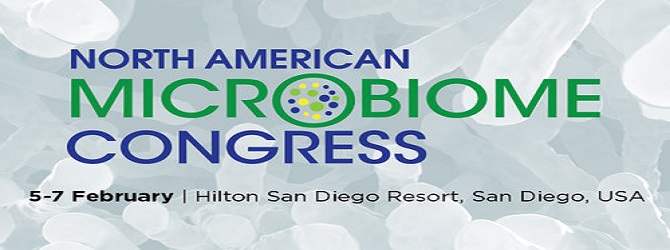Opinion Article, J Immunol Tech Infect Dis Vol: 13 Issue: 2
Infectious Diseases: Causes, Disease Spread, and Prevention
Barnard Sun*
1Department of Public Health, University of Oxford, Oxford, United Kingdom
*Corresponding Author: Barnard Sun,
Department of Public Health, University of
Oxford, Oxford, United Kingdom
E-mail: sun.barnar@gmail.com
Received date: 28 May, 2024, Manuscript No. JIDIT-24-145051;
Editor assigned date: 31 May, 2024, PreQC No. JIDIT-24-145051 (PQ);
Reviewed date: 14 June, 2024, QC No. JIDIT-24-145051;
Revised date: 21 June, 2024, Manuscript No. JIDIT-24-145051 (R);
Published date: 28 June, 2024, DOI: 10.4172/2329-9541.1000379.
Citation: Sun B (2024) Infectious Diseases: Causes, Disease Spread, and Prevention. J Immunol Tech Infect Dis 13:2.
Description
Infectious diseases have been associated with humans for many years, affecting civilizations, economy, as well as the evolution of history. These diseases are caused by pathogenic microorganisms such as bacteria, viruses, fungi, and parasites. The complex interactions between these pathogens, hosts, and the environment create infectious diseases is an essential area of study in medicine and public health.
Causes of infectious diseases
Infectious illnesses frequently develop from interacts between animals and human beings. Many infectious illnesses are zoonotic, which means they transmit from animals to humans. This transmission can occur through direct contact with animals, consumption of animal products, or through vectors such as insects. For example, the bubonic plague, caused by the bacterium Yersinia pestis, is transmitted by fleas that live on rodents. The influenza virus, responsible for seasonal flu epidemics and pandemics, frequently causes in birds and pigs. The recent COVID-19 pandemic, caused by the novel coronavirus SARSCoV- 2, is believed to have originated in bats and potentially transmitted to humans through an intermediary animal host.
Mechanisms of disease spread
Infectious diseases spread through various mechanisms, including direct contact, airborne transmission, vector-borne transmission, and through contaminated food or water. Understanding these mechanisms is essential for controlling and preventing outbreaks.
Direct contact: Diseases such as HIV/AIDS, hepatitis B, and various sexually transmitted infections spread through direct contact with infected body fluids. Handshakes, hugs, and other forms of physical contact can also transmit pathogens if proper hygiene is not maintained.
Airborne transmission: Respiratory infections such as tuberculosis, measles, and COVID-19 spread through airborne droplets. When an infected person coughs, sneezes, or talks, they release droplets that can be inhaled by others, leading to infection.
Vector-borne transmission: Diseases such as malaria, dengue fever, and Lyme disease are transmitted through vectors such as mosquitoes and ticks. These vectors carry the pathogens from one host to another host, facilitating the spread of the disease.
Contaminated food or water: Cholera, typhoid fever, and various foodborne illnesses spread through the consumption of contaminated food or water. Poor sanitation and hygiene practices are major contributors to the spread of these diseases.
Strategies for prevention and control
Preventing and controlling infectious diseases requires a multifaceted method that includes surveillance, vaccination, sanitation, education, and international cooperation.
Surveillance: Monitoring the spread of infectious diseases helps in early detection and response to outbreaks. Public health agencies worldwide collect data on disease incidence and prevalence to identify and control outbreaks immediately.
Vaccination: Vaccines have been one of the most effective tools in preventing infectious diseases. Vaccination campaigns have eradicated smallpox and significantly reduced the incidence of diseases such as polio, measles, and influenza.
Sanitation and hygiene: Improving sanitation and increasing good hygiene practices are essential in preventing diseases transmitted through contaminated water and food. Access to clean water, proper sewage systems, and education on hand washing can reduce the burden of many infectious diseases.
Antimicrobial therapy: The use of antibiotics, antivirals, antifungals, and anti-parasitics can treat infections, but the misuse and overuse of these drugs have led to antimicrobial resistance, it is a significant global health threat.
Public health education: Educating the public about how diseases spread and how to prevent them is essential. This includes developing vaccination, proper hand washing, safe food handling, and the use of insect repellent and bed nets in areas where vector-borne diseases are common.
International cooperation: Infectious diseases do not respect borders, establishing international cooperation essential. An organization such as the World Health Organization (WHO) plays an essential role in coordinating global responses to disease outbreaks and increasing health security.
 Spanish
Spanish  Chinese
Chinese  Russian
Russian  German
German  French
French  Japanese
Japanese  Portuguese
Portuguese  Hindi
Hindi 
